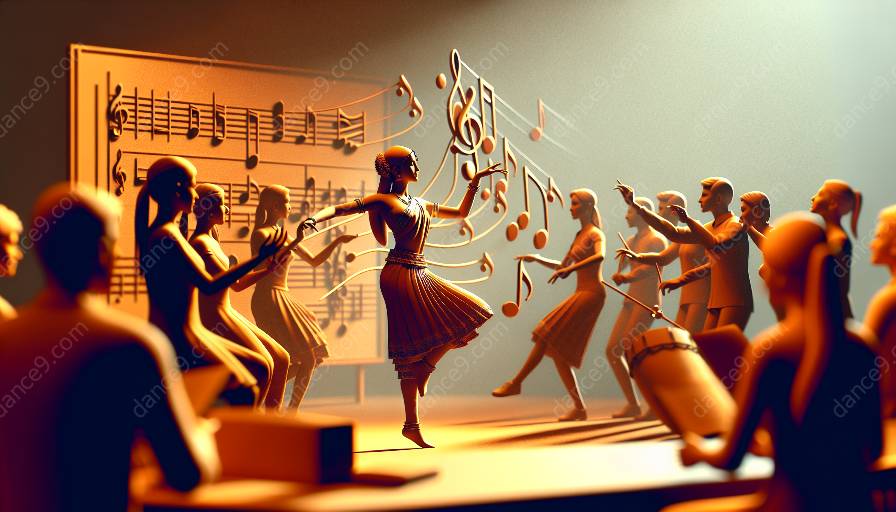Exploring the intersection of history, music, and dance can shed light on the rich and complex relationship between these art forms. The influence of historical musical movements on contemporary dance practices is profound, shaping the way dancers and choreographers approach movement, rhythm, and expression. By delving into this topic, we can gain a deeper understanding of how music and dance coalesce to create powerful artistic experiences.
Historical Musical Movements and Dance Evolution
Historical musical movements have played a pivotal role in shaping the evolution of dance. From the courtly dances of the Renaissance era to the syncopated rhythms of jazz, each musical movement has left an indelible mark on the world of dance. For example, the emergence of Romanticism in music during the 19th century coincided with a shift in dance towards expressive and emotive movements, giving rise to ballets that embodied the ideals of the Romantic era.
Rhythmic Innovations
The rhythmic complexities and innovations within historical musical movements have had a transformative impact on contemporary dance practices. The syncopated rhythms of jazz, the driving beat of rock and roll, and the pulsating energy of electronic music have all influenced the way dancers interpret and embody rhythm. Choreographers often draw inspiration from the rhythmic nuances of different musical genres, incorporating varied dynamics and accents into their movements to create compelling dance pieces.
Emotional Resonance and Expression
Music has the power to evoke a wide range of emotions, and the emotional resonance of historical musical movements continues to reverberate in contemporary dance. Whether it is the poignant melodies of classical compositions or the rebellious spirit of punk rock, music serves as a catalyst for emotional expression in dance. Dancers harness the emotive qualities of music to infuse their movements with depth and meaning, creating performances that resonate with audiences on a visceral level.
Cultural Context and Identity
The cultural and social milieu from which historical musical movements emerge greatly influences contemporary dance practices. Whether it is the folk rhythms of indigenous music or the global reach of pop music, dancers often draw upon the cultural and identity-based elements embedded within musical traditions. This integration of cultural contexts enriches the diversity and authenticity of contemporary dance, reflecting a tapestry of global influences.
Innovative Collaborations
Collaborative endeavors between composers, musicians, and choreographers have fostered groundbreaking works that blur the boundaries between music and dance. From avant-garde performances that challenge traditional conceptions of art to interdisciplinary collaborations that push the limits of creativity, the relationship between historical musical movements and contemporary dance practices continues to inspire innovative explorations at the intersection of these art forms.
Continuing Legacy
As contemporary dance continues to evolve, the legacy of historical musical movements remains a wellspring of inspiration. The enduring relevance of classical, traditional, and experimental musical genres ensures that dancers and choreographers will continue to draw from a rich tapestry of musical influences. The ongoing dialogue between historical musical movements and contemporary dance practices serves as a testament to the enduring power of music in shaping the choreographic landscape.
Conclusion
The interplay between historical musical movements and contemporary dance practices is a dynamic and multifaceted relationship that underscores the symbiotic connection between music and dance. By examining the ways in which music has influenced the evolution of dance, we gain valuable insights into the expressive potential, rhythmic innovation, emotional resonance, and cultural richness that define the contemporary dance landscape.

















